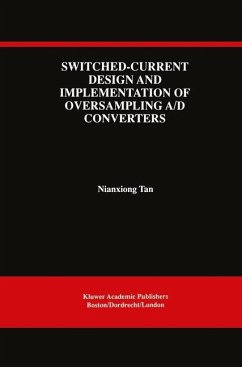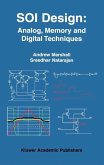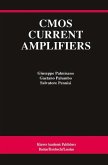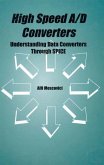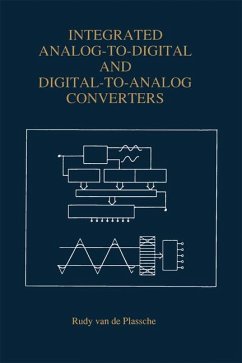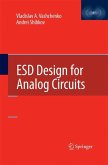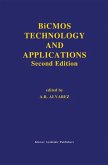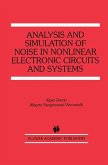Switched-Current Design and Implementation of Oversampling A/D Converters discusses the switched-current (SI) technique and its application in oversampling A/D converters design. The SI technique is an analog sampled-data technique that fully exploits the digital CMOS process. Compared with the traditional switched-capacitor (SC) technique, the SI technique has both pros and cons that are highlighted in the book. With the consideration of similarity and difference of SI and SC techniques, oversampling A/D converter architectures are tailored and optimized for SI design and implementation in the book.
Switched-Current Design and Implementation of Oversampling A/D Converters emphasizes the practical aspects of SI circuits without tedious mathematical derivations, and is full of circuit design and implementation examples. There are more than 10 different chips included in the book, demonstrating the high-speed (over 100 MHz) and ultra-low-voltage (1.2 V) operation of SI circuits and systems in standard digital CMOS processes. Therefore, the book is of special value as a practical guide for designing SI circuits and SI oversampling A/D converters.
Switched-Current Design and Implementation of Oversampling A/D Converters serves as an excellent reference for analog designers, especially A/D converter designers, and is of interest to digital designers for real-time signal processing who need A/D interfaces. The book may also be used as a text for advanced courses on the subject.
Switched-Current Design and Implementation of Oversampling A/D Converters emphasizes the practical aspects of SI circuits without tedious mathematical derivations, and is full of circuit design and implementation examples. There are more than 10 different chips included in the book, demonstrating the high-speed (over 100 MHz) and ultra-low-voltage (1.2 V) operation of SI circuits and systems in standard digital CMOS processes. Therefore, the book is of special value as a practical guide for designing SI circuits and SI oversampling A/D converters.
Switched-Current Design and Implementation of Oversampling A/D Converters serves as an excellent reference for analog designers, especially A/D converter designers, and is of interest to digital designers for real-time signal processing who need A/D interfaces. The book may also be used as a text for advanced courses on the subject.

